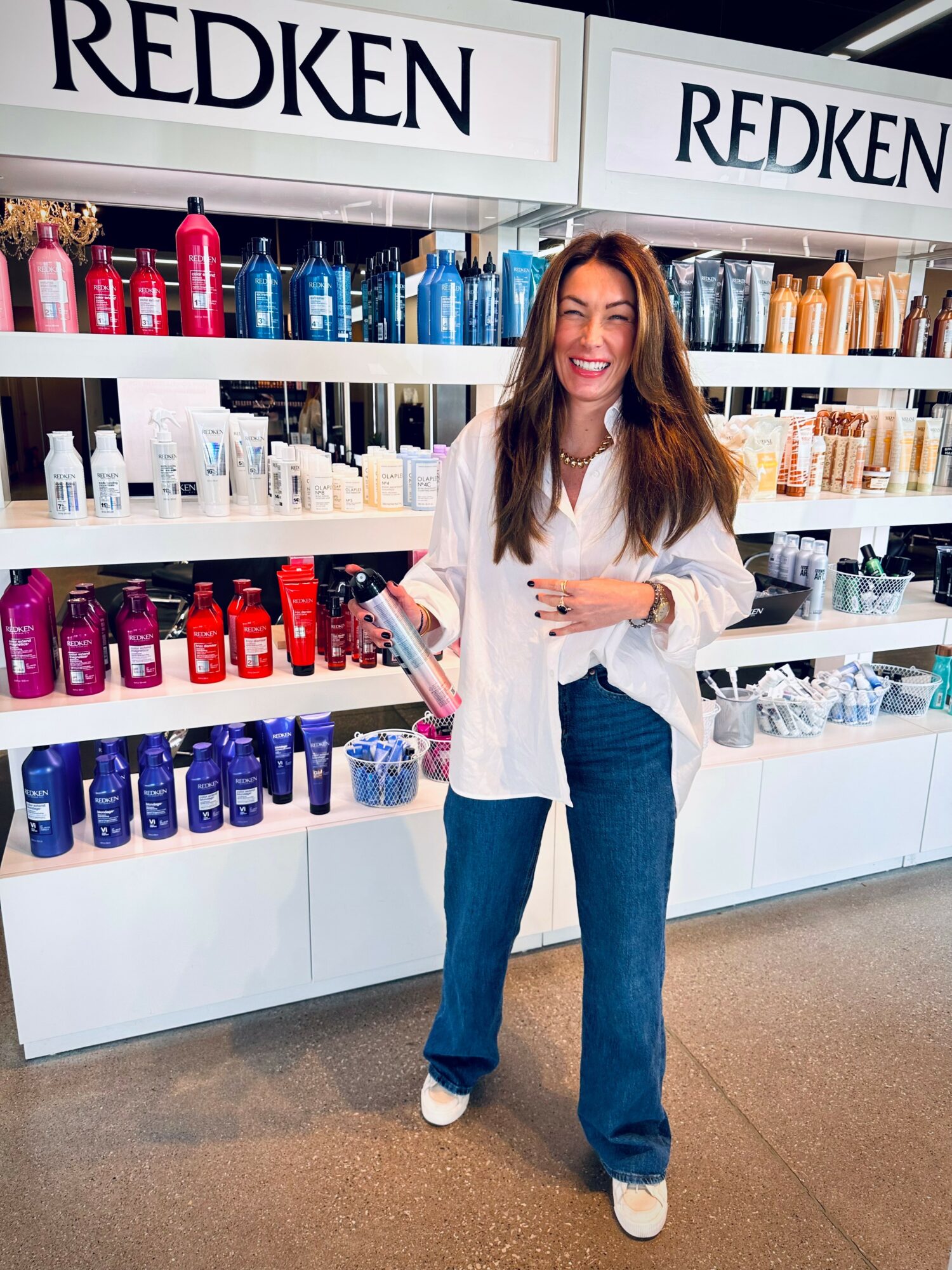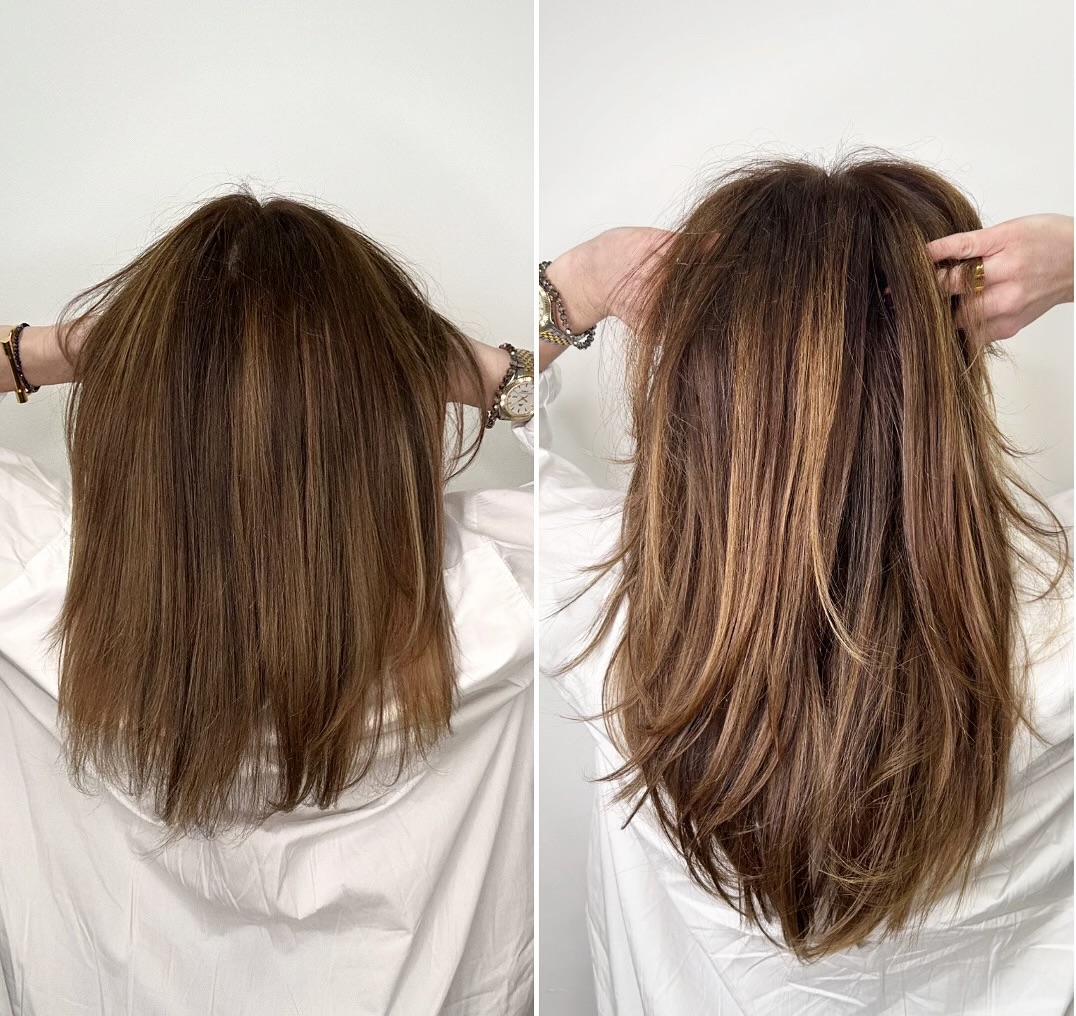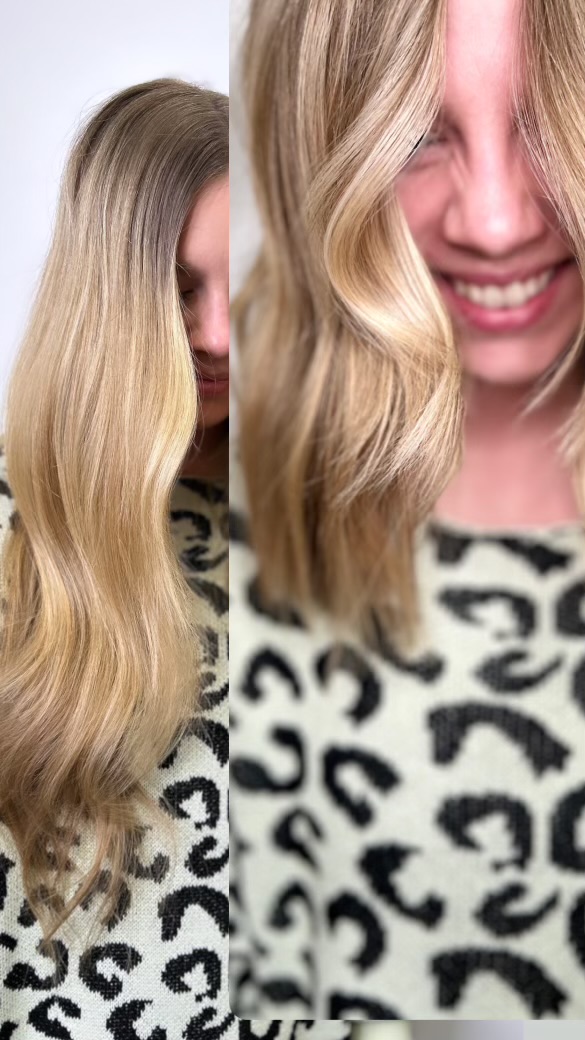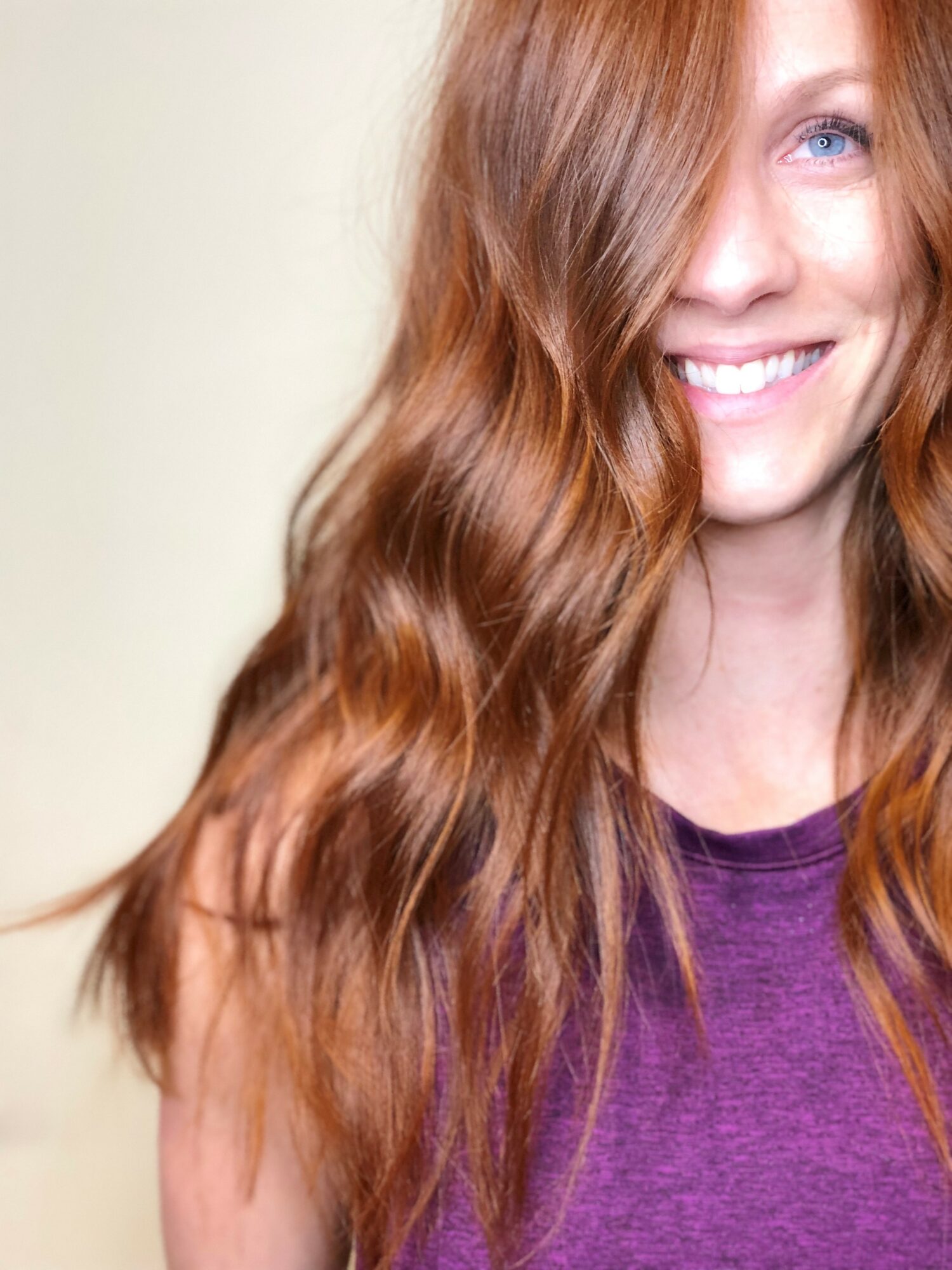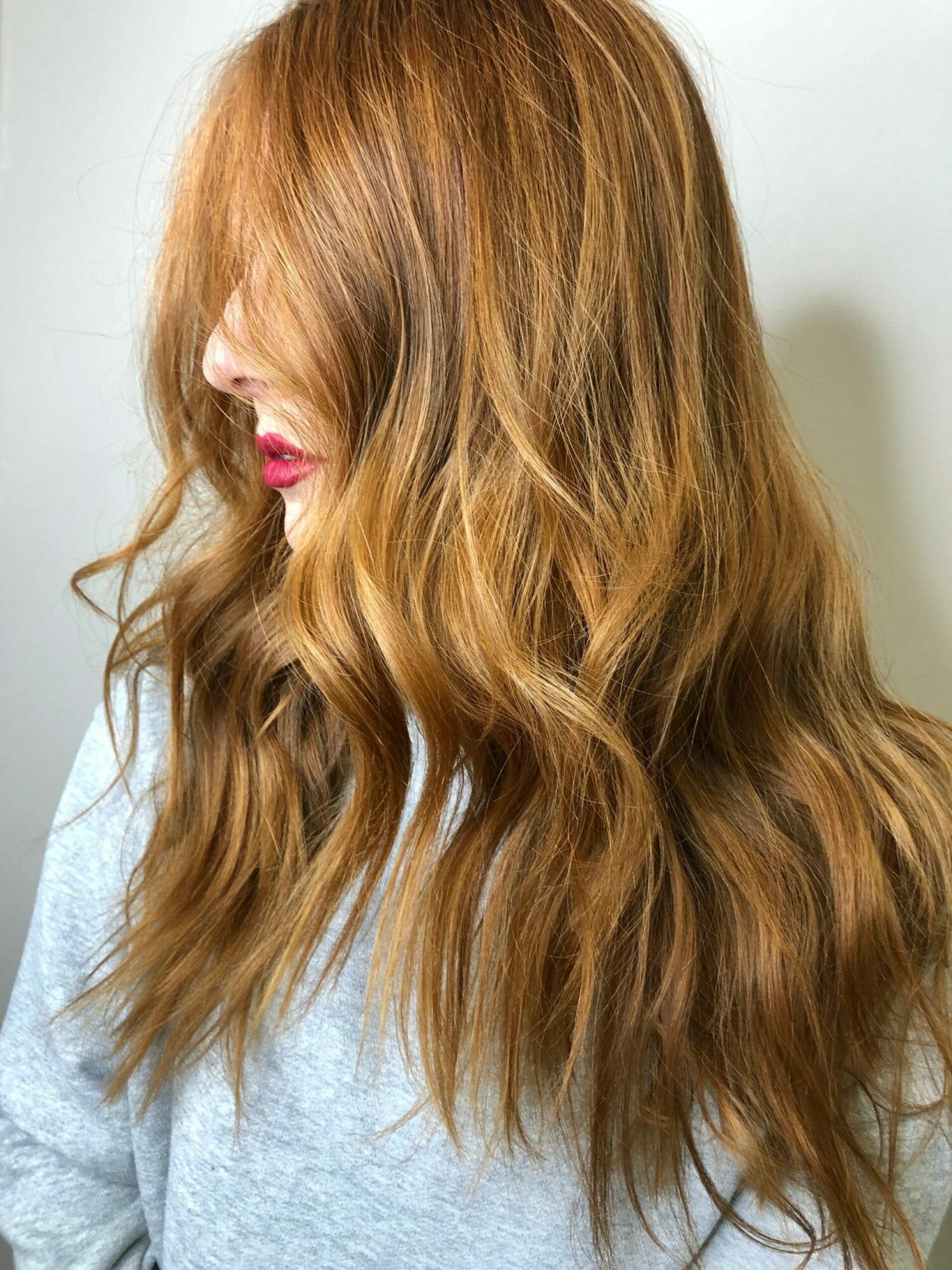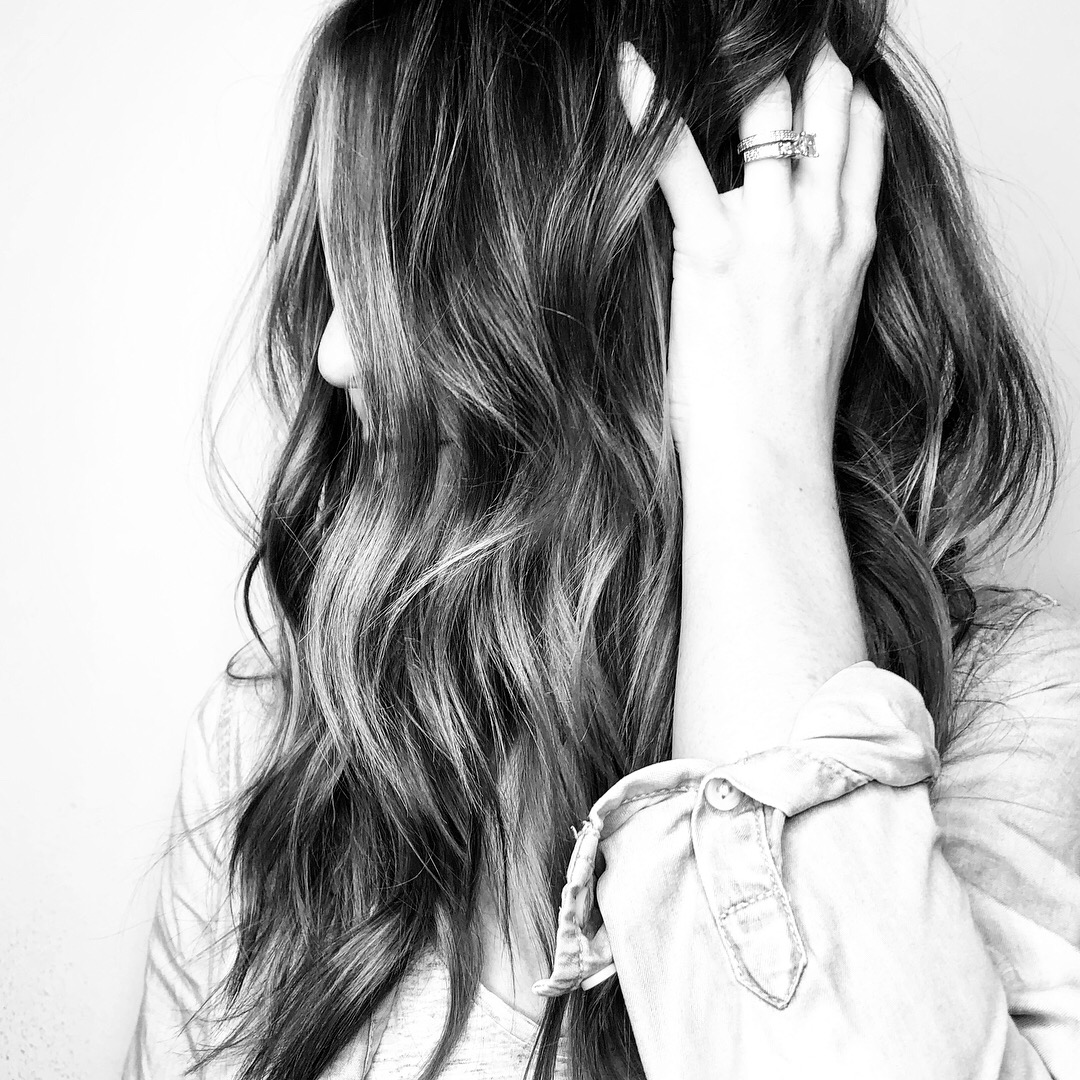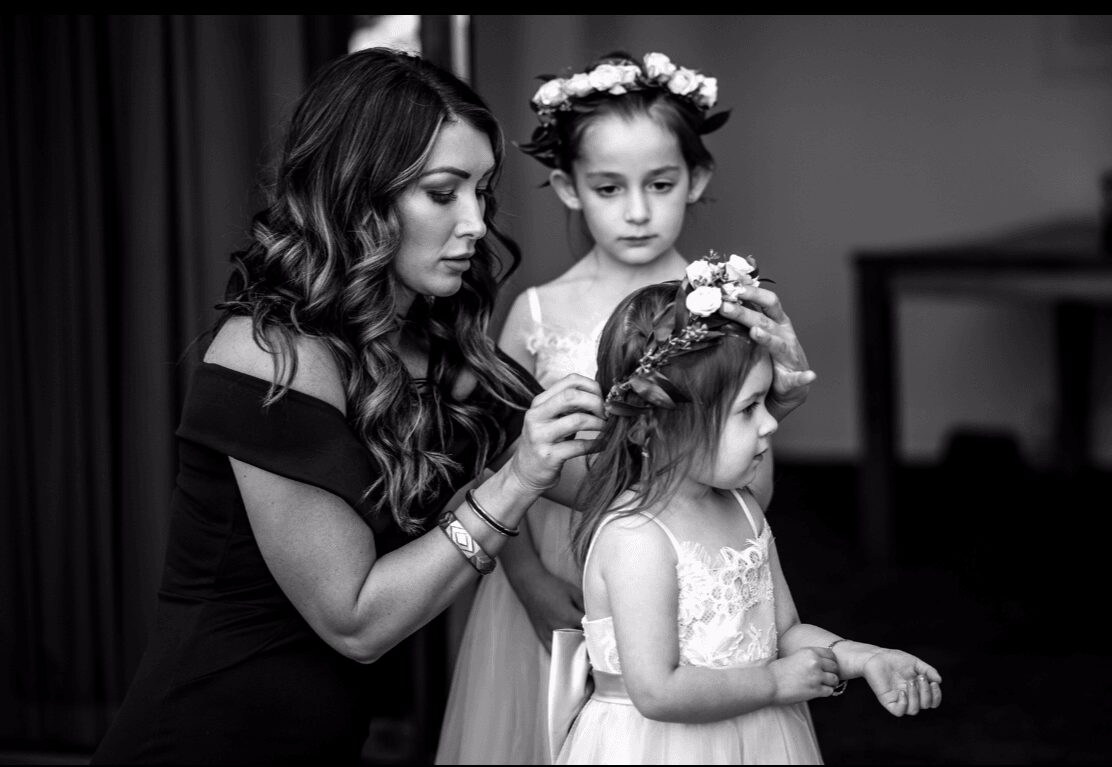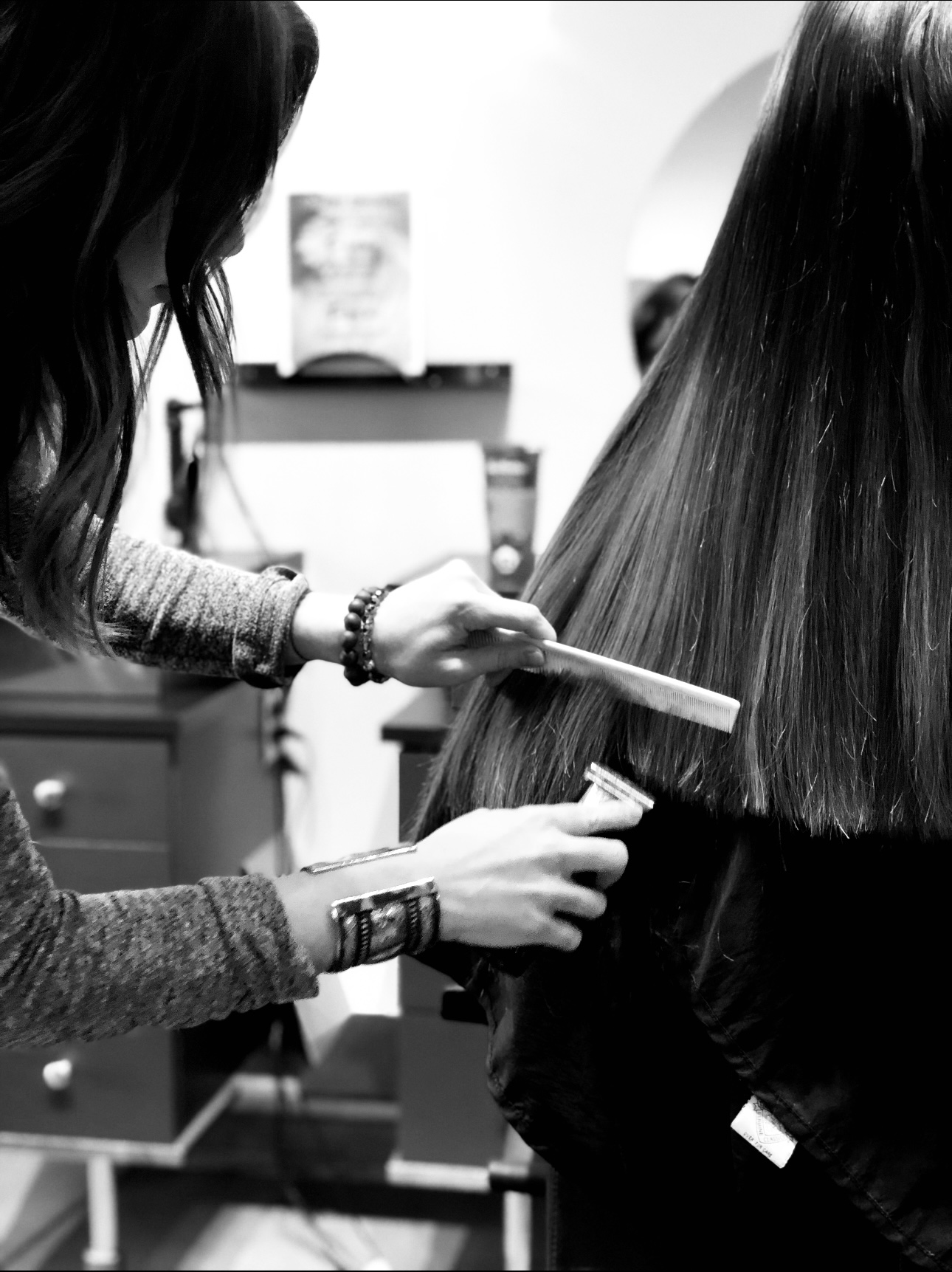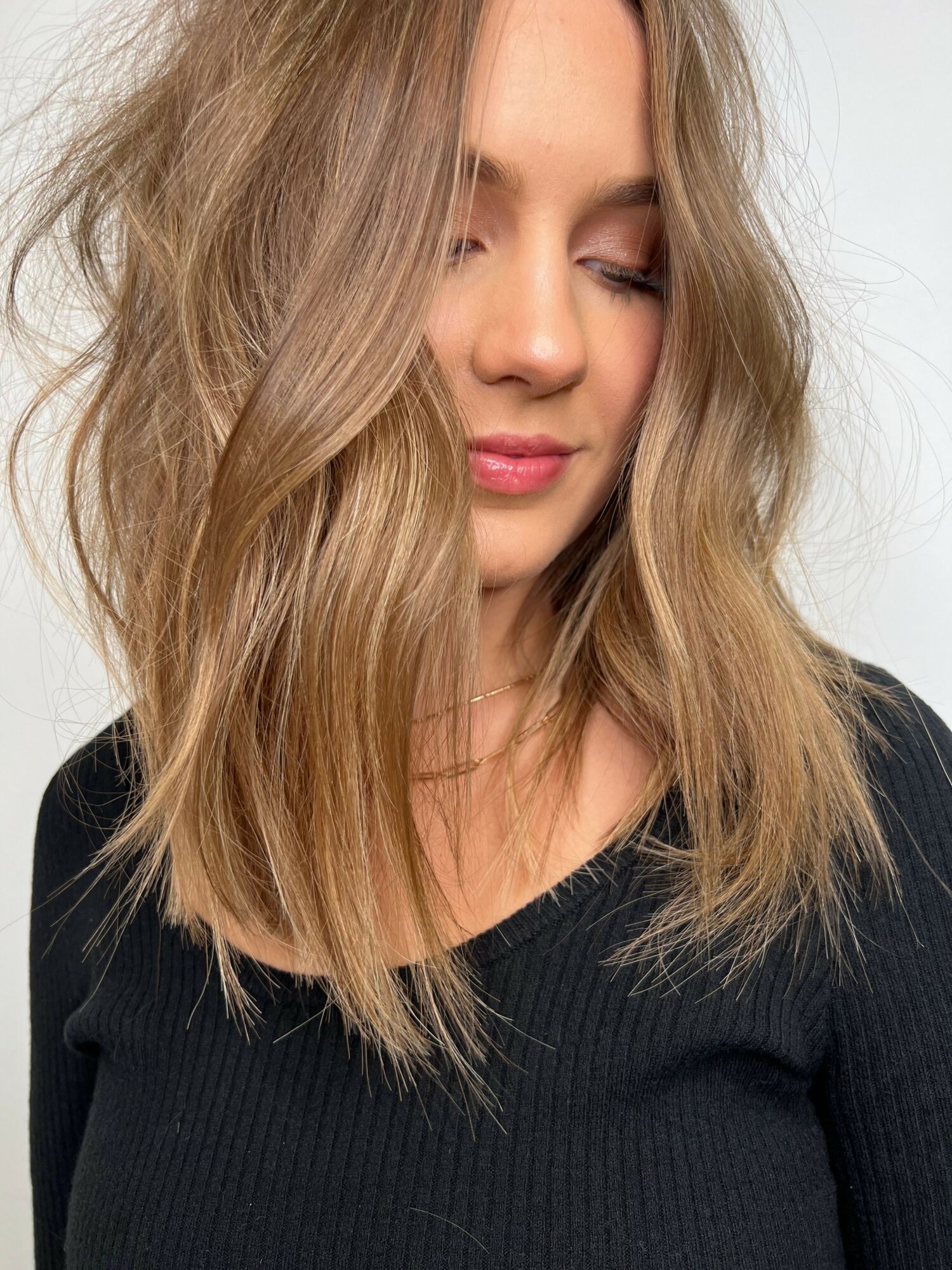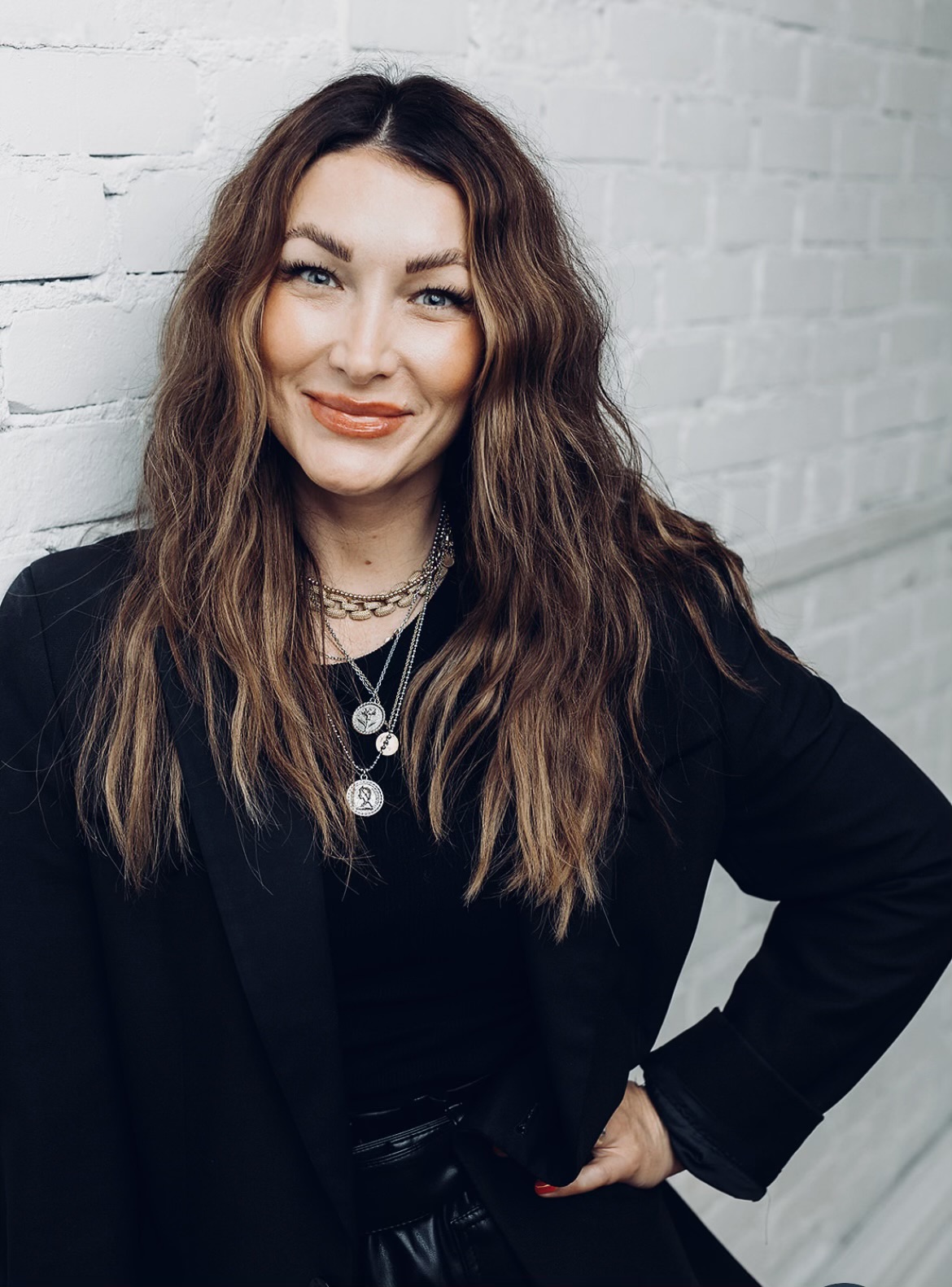

Today we’d like to introduce you to Paige Godschalk
Hi Paige, thanks for sharing your story with us. To start, maybe you can tell our readers some of your backstory.
I’ve spent the last 20 years building a career as a hairstylist, and for me, it’s been much more than just a job. From the beginning, I’ve always loved the creativity and personal connection that comes with it. Over the years, I realized that the chair I work behind often becomes a safe space where people share not only their pinterest pictures & hair goals but their life stories.
At 32, I was diagnosed with Bipolar 1, which was a pivotal moment for me. That experience gave me a much deeper understanding of the importance of mental health and the challenges that so many people face silently. For myself it took about 2 or so years before I truly accepted that I am going to be living with this disorder forever.
It has motivated me to become a mental health advocate, determined to raise awareness and help reduce the stigma around mental health issues.
What I’ve found most meaningful in my work as a stylist is the opportunity to create a safe, welcoming environment where people can express themselves—whether they’re sharing their mental health journey or just seeking a break from their day-to-day. I’ve come to see my role as much more than transforming someone’s look. It’s about being a part of their journey, offering them a place to feel seen, heard, and supported.
Now, as I continue to grow as both a professional and an advocate, I’m very passionate about blending these two worlds—using my platform as a stylist to encourage open conversations about mental health while helping people feel their best, inside and out.
We all face challenges, but looking back would you describe it as a relatively smooth road?
One of the biggest challenges I’ve faced was learning to manage my Bipolar 1 diagnosis. After being diagnosed I had to confront the stigma around mental health, both internally and externally. It was difficult at first to accept that this was something I would live with long-term, and I wasn’t sure how it would affect my career as a hairstylist, where showing up for my clients is so important.
Another challenging moment was navigating the ups & downs that come with bipolar disorder, particularly when it came to maintaining a consistent routine in my work. Some days were harder than others, especially during depressive episodes, but I learned to prioritize self-care, build a strong support system (beyond grateful for you all) and work closely with mental health professionals to manage my symptoms.
On the professional side, it’s always a challenge to create a safe and open environment for my guests to be able to be vulnerable. I hope that people naturally feel comfortable sharing their personal stories while in the chair, and at times it can be emotionally intense. Balancing my role as a hairstylist with being a supportive listener—while ensuring I take care of my own mental health—has been something I’ve worked on over time. And continue to practice.
However, these challenges have also led to some of my greatest growth. Living with bipolar disorder has made me more empathetic and more passionate about advocating for mental health and mental healthcare. Professionally, it’s given me the opportunity to create a unique, supportive space for my clients—where they feel safe not only to express their style but also to share what’s going on in their lives without judgment.
Alright, so let’s switch gears a bit and talk business. What should we know about your work?
My work as a hairstylist is a blend of creativity, technical skill, and emotional connection. On the technical side, I specialize in transformative looks. I have a main focus on building integrity & healing the hair. I love to create looks that enhance natural hair by adding in extensions. And I love all things hair color! I pride myself on staying up-to-date with the latest techniques and continuously honing my skills to give each client a look that suits their personality and lifestyle.
But for me, my work goes beyond just the physical transformation. Over the last 20 years, I’ve come to see my chair as a safe space where people can not only change their look but also feel comfortable being themselves. I aim to create an environment where my clients feel heard, respected, and cared for.
As someone who is also a mental health advocate, I’ve woven that into my practice as well. Many of my clients feel comfortable opening up about their personal lives, and I make it a point to listen without judgment, offering support where I can. It’s important to me that people leave my chair feeling not just beautiful, but also a little lighter emotionally.
At the core, my work is about making people feel good—both inside and out. Whether that’s by giving them a hairstyle they love or simply being a person they can trust to share their story with, I see my role as contributing to their overall well-being.
And I always have a box of tissue at my station next to the little sign on the mirror that reads “it’s ok to not be ok”.
Is there something surprising that you feel even people who know you might not know about?
One thing that often surprises people is how much emotional and mental energy goes into being a hairstylist. Most people think of our job as purely creative and technical—and it definitely is—but a big part of it is also being there for my clients emotionally. In the salon, people often feel safe to share deeply personal stories and struggles. I’ve had clients open up about their mental health, relationship issues, or even things like job stress, and I’ve learned that hairstyling is just as much about connection and trust as it is about technique.
Another surprising thing is how much being a hairstylist can change someone’s self-perception. When you give someone a look that aligns with who they want to be, it’s transformative. It’s incredible to see someone’s confidence skyrocket just from a haircut, color change or added extensions. It reminds me how powerful this work can be in helping people not only look their best but feel their best too.
What surprises me personally is how much my own journey with mental health has influenced the way I approach my work. I never expected that living with Bipolar 1 would deepen my connection with clients or help me create an even more compassionate space behind the chair. That has been one of the most rewarding and unexpected parts of my career.
And my mantra is: If my story can help one person feel less alone then I am grateful for that.
Contact Info:
- Instagram: https://www.instagram.com/hair_by_p/
